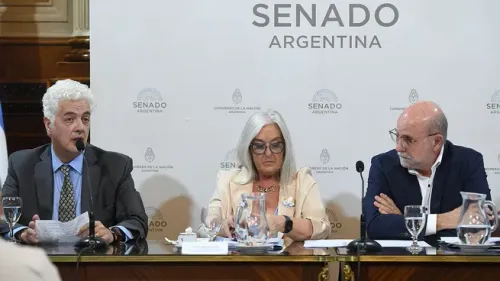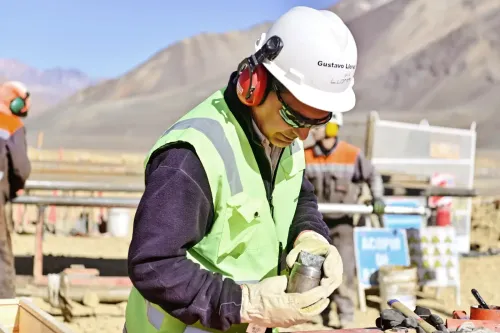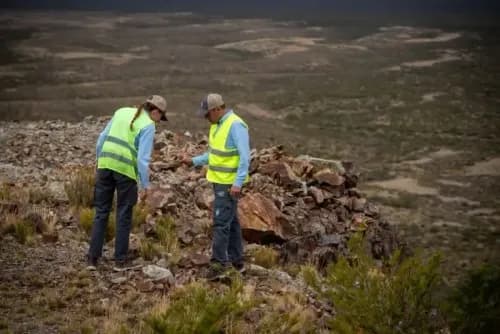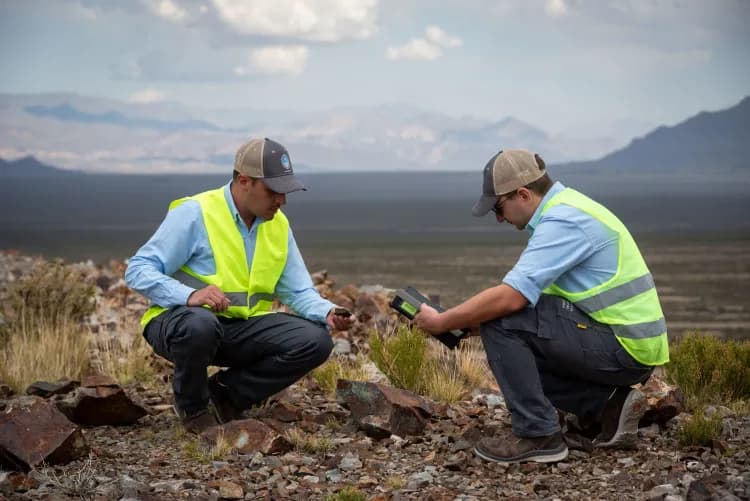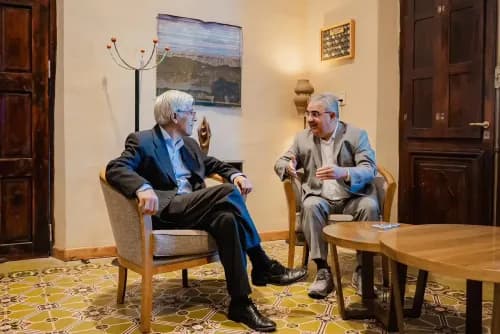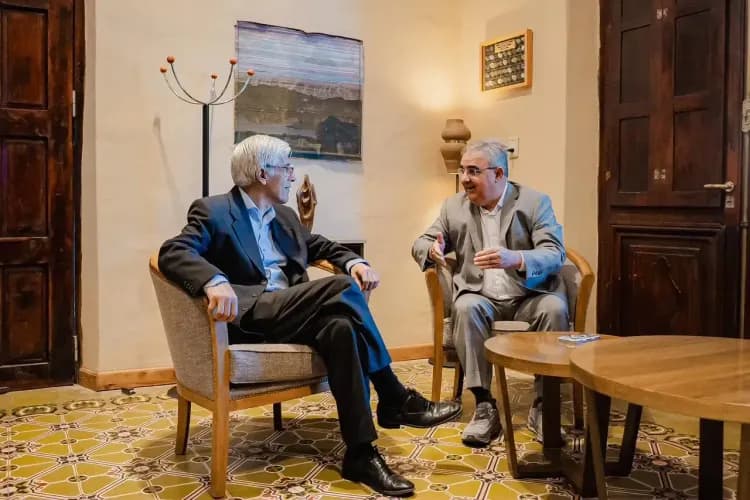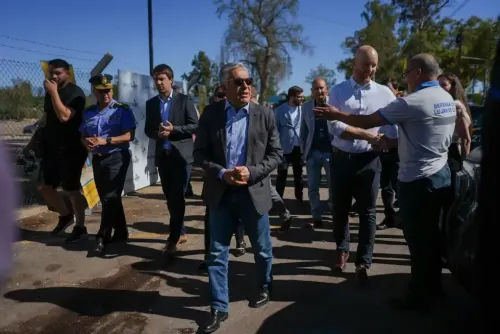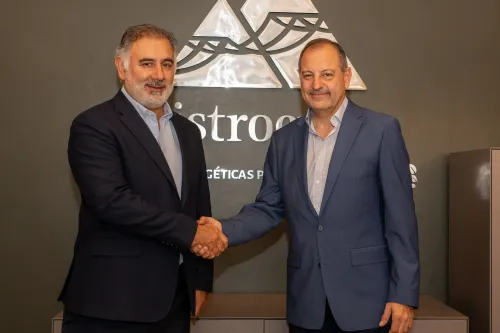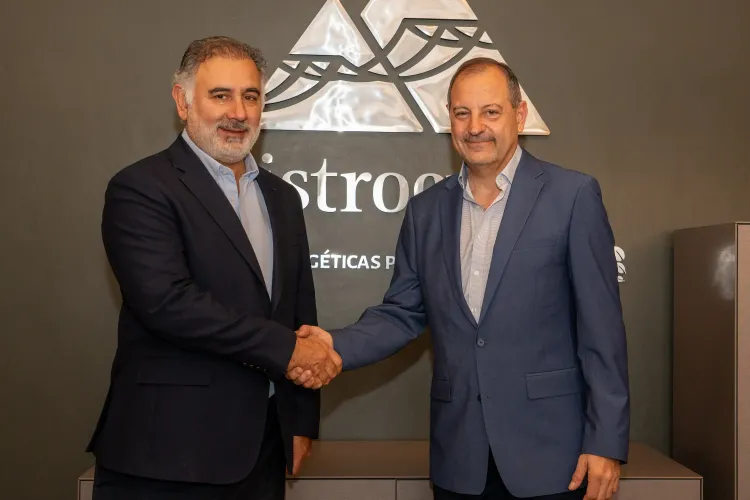Argentina Lithium & Energy Corp. reported that its first exploration program has successfully identified drill targets at the 20,500 hectare Arizaro Lithium Project on the Arizaro Salar in Salta Province.
The Vertical Electric Sounding (VES) geophysical survey has identified conductive and semi-conductive zones interpreted as geologic units at depth that are saturated with high-density, and potentially lithium-bearing, brines. Of particular interest are conductive zones which thicken to the north and west towards the centre of the salar where the geophysics suggests a sub-basin is located that that may host potentially lithium-bearing brines separate from shallow or at-surface brines. Based on the results of the VES survey, 3-4 initial drill holes reaching depths of up to 400 metres below surface are being planned.
«We are pleased that our model for a deep brine target at Arizaro is so far supported by the geophysics,» said Nikolaos Cacos, President and CEO. «We look forward to drill testing these first targets for the presence of brine with high lithium values at depth, while continuing the exploration work on this very large land package.»
This initial exploration program at Arizaro was, therefore, designed to acquire initial hydrogeological understanding of this largely un-tested salar and to identify conductive zones at depth that may host lithium-bearing brines. The Vertical Electric Sounding («VES») program was conducted by Conhidro SRL, an experienced local independent contractor. The VES method uses resistivity to characterize the hydrogeological conditions of the salar, including conductive and semi-conductive zones interpreted to be clastic and/or fractured evaporitic sedimentary layers that may contain brines bearing lithium and potash. VES is effective to depths of approximately 400-500 metres below which alternative surveys such as Controlled Source Audio-frequency Magneto-tellurics (CSAMT) are required.
Conhidro has concluded that the VES results, as well as the geologic and geomorphologic setting, climatic conditions, and hydrogeological environment at Arizaro, when compared to other well-studied salars, including Hombre Muerto, Rincón, Antofalla, Llullaillaco, and Rio Grande, indicate that there is a high probability to find brines at depth with high densities of 1,210 to 1,225 g/l and conductivities higher than 200 microS/cm. The VES results successfully identified clear targets for an initial drill campaign. Three to four holes up to 400 metres in depth are planned to test these targets. To date, the geophysical results have not defined the basement of the salar.



